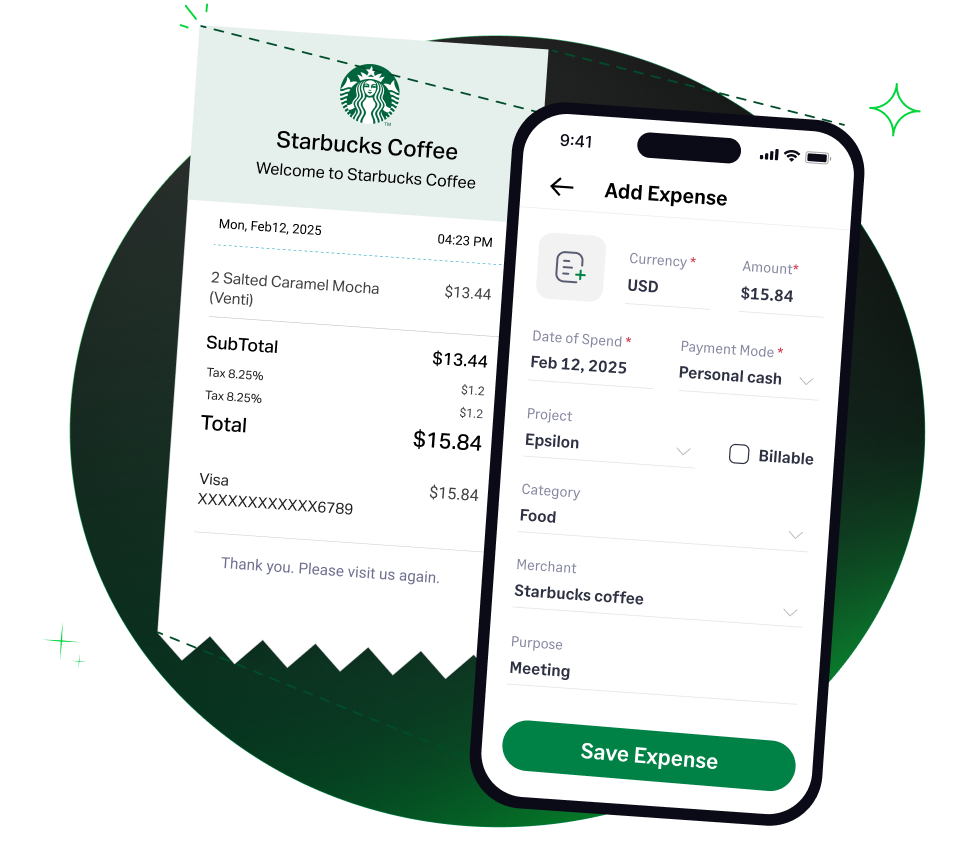 4.6/51670+ reviews
4.6/51670+ reviewsIn today's restaurant landscape, partnering with third-party delivery platforms like DoorDash, Uber Eats, and Grubhub is essential for reaching customers. While these services drive significant sales, they also come with substantial commission and processing fees that can heavily impact a restaurant's profitability.
For accountants and restaurant owners, it is absolutely critical to account for these fees correctly. They are not simply a reduction of your sales; they are a distinct operating expense that must be reported accurately for tax purposes. This guide will clarify how to categorize these fees according to IRS rules to ensure your financial reporting is accurate and compliant.
The fees you pay to online ordering and third-party delivery platforms are an ordinary and necessary business expense. However, the single fee deducted from your payout is a combination of two different types of expenses that should be categorized separately on your books:
The most critical factor for compliance and accurate reporting is to account for your gross sales and the platform's fees as two separate line items.
This is the most important accounting rule. You cannot simply record the net deposit you receive from the delivery platform as your revenue. You must:
For example, if a customer orders $100 of food and the delivery platform charges a $25 fee, your books must show $100 in revenue and $25 in expenses, not just $75 in revenue.
Third-party settlement organizations, like delivery platforms, are required to report the gross amount of the transactions they process on your behalf to the IRS and you, typically on Form 1099-K. Recording your gross sales correctly is essential for reconciling your books with the amounts reported to the IRS on this form.
To deduct your delivery platform fees, you must report them correctly and maintain thorough documentation.
For a sole proprietor filing a Schedule C (Form 1040):
You must have documentary evidence to substantiate your fees. Your primary records will be the:
Sage Expense Management helps you reconcile your gross sales with the associated platform fees, providing a clear and accurate picture of your delivery channel profitability.




